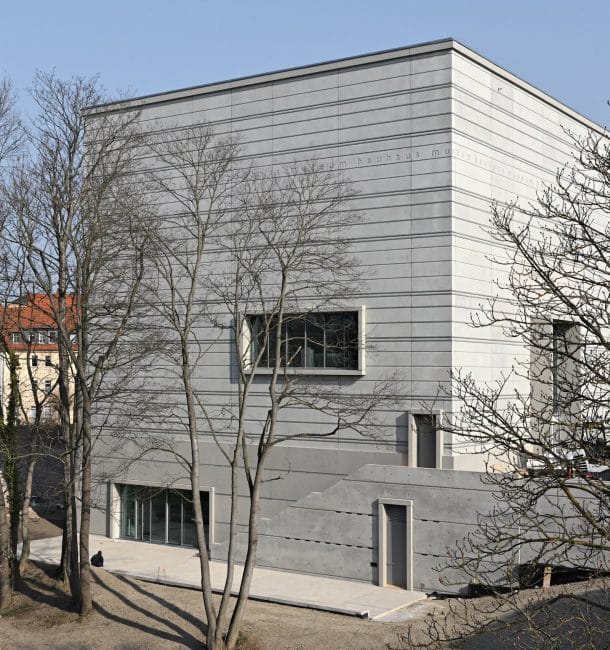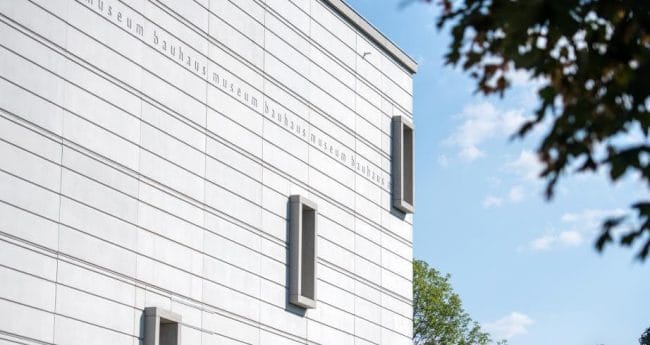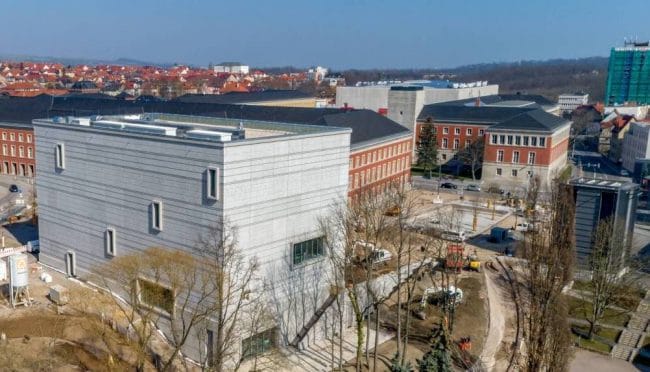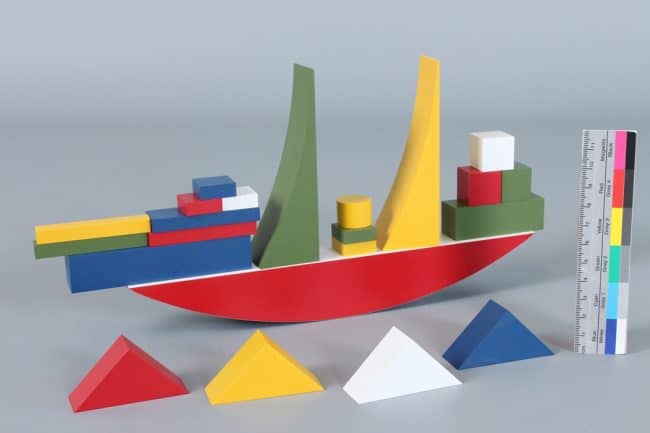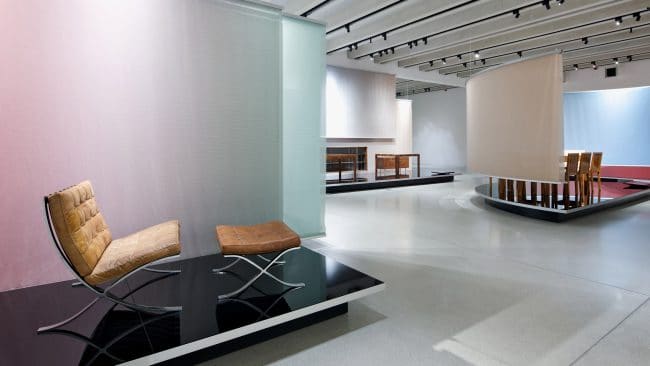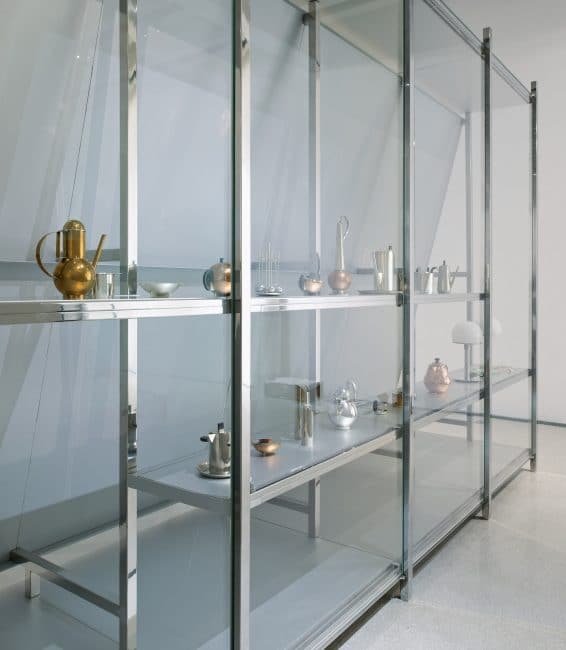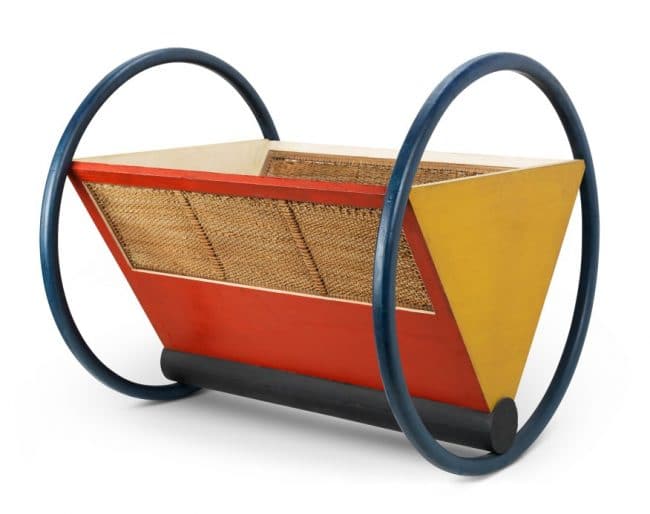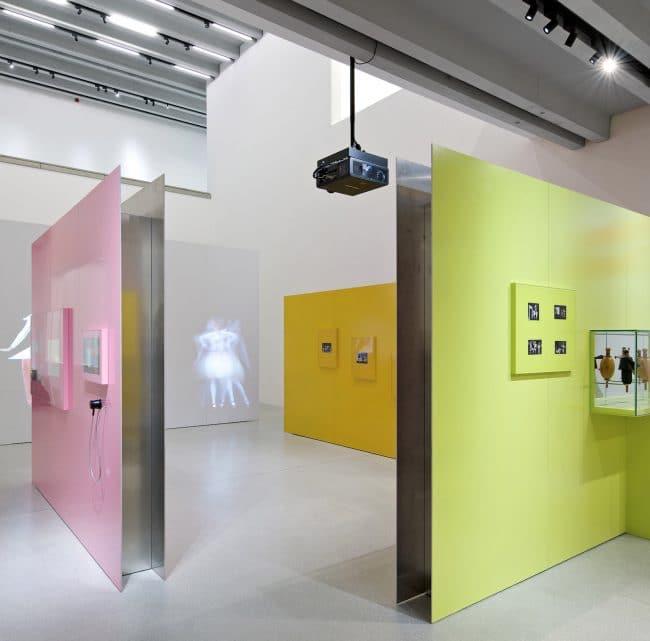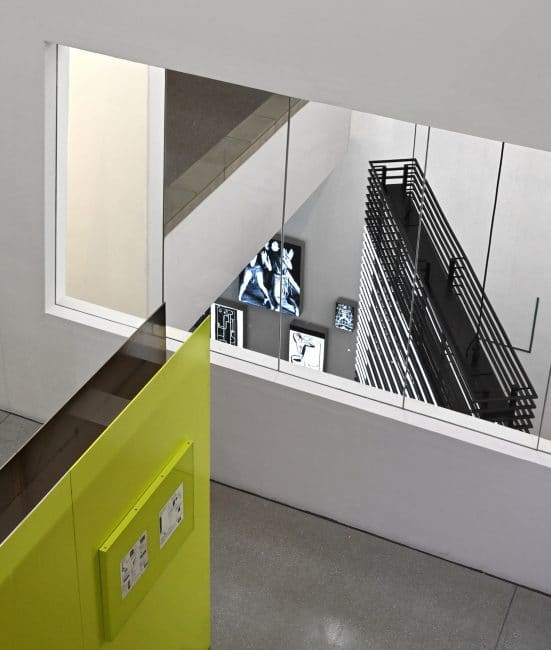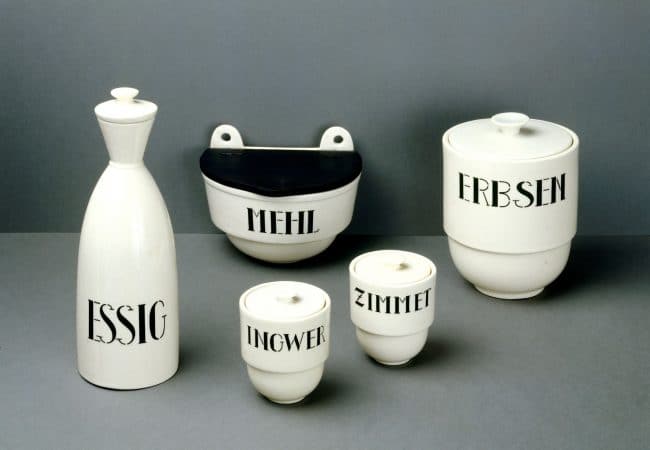Weimar is a delightful small and cultural city not only famous as home to the new Bauhaus Museum, but also Sebastian Bach, Wolfgang von Goethe and Friedrich Nietzsche. It was also of course the original location of the Staatliches Bauhaus.
A century ago, Walter Gropius merged two former art institutions to create the new Bauhaus. Inspired by modernism and William Morris, he believed that mass production was reconcilable with the individual artistic spirit and aimed to ”to create a new guild of craftsmen, without the … barrier between craftsman and artist.”
Bauhaus went on to have a massive impact on art and architecture, changing accepted concepts and inintiating new trends. Often austere but also elegant, it’s ideas have shaped much of the urban landscape.
To celebrate these 100 years the new Bauhaus Museum Weimar has just been opened in a location which firmly places it within the regions historical context.
To one side is a sprawling 1920’s park, which marked a new, modernist approach to urban life. On the other is the massive Gauforum, a Nazi colossus built in the thirties to house administrative offices. It is also adjacent to the old Buchenwald concentration camp.
The Bauhaus Museum is designed as a suitably austere solid cube that resembles a heavy stone sarcophagus by day, but at night dazzles with strips of horizontal light.
The interior however could be from any modern museum and there is a feeling that some opportunity was lost to create something more dramatic and engaging. The concrete floor/white wall setting does nevertheless provide a reasonable backdrop to a hugely impressive collection.
With a focus on the early phase of the most influential school of art and design of the 20th century, the Bauhaus Museum exhibition presents the treasures of the world’s oldest Bauhaus collection for the first time in such depth and scope.
The displays are arranged to educate us on the history of Bauhaus – the first floor gallery dedicated to its origins and Gropius’ 1919 manifesto.
The second floor of the Bauhaus Museum shows how these ideas were implemented, with further galleries for each of the Bauhaus directors – Gropius, Hannes Meyer and Mies van der Rohe – at the top of the building.
Within the 13,000-pieces are some from Gropius’ notable contemporaries including Marcel Breuer, Paul Klee and Lászlo Moholy-Nagy. One of the highlights is a display of 160 original objects that Gropius donated to the city in 1925.
The Bauhaus Museum Weimar is billed as just part of a cultural ‘Quarter of Modernism’, where one can experience cultural developments from the 19th century via the ambivalent events of modernism up to the present day. It also places Weimar firmly on a must-visit itinerary for anyone with more than passing interest in architecture or design.
For more information visit Bauhaus Museum Weimar
Open 10am – 6pm daily except Tuesday
For our curated recommended for Art, Culture, Design and Architecture books visit the CELLOPHANELAND* bookstore




